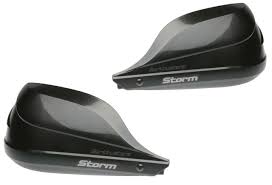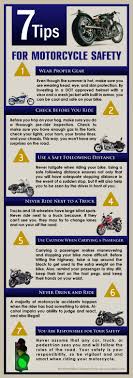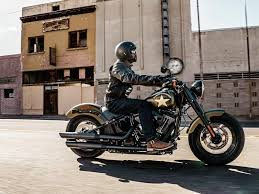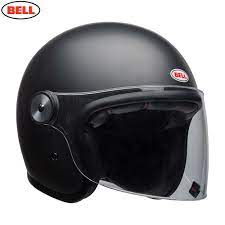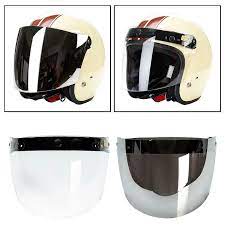Exploring the Timeless Appeal of Leather Motorcycle Gear

Leather Motorcycle Gear: A Timeless Choice for Riders
When it comes to motorcycle gear, few materials are as iconic and enduring as leather. Leather has been a staple in the world of motorcycling for decades, prized for its durability, protection, and classic style. From jackets to gloves to boots, leather motorcycle gear offers riders a combination of comfort and safety that is hard to beat.
The Benefits of Leather Motorcycle Gear
One of the primary advantages of leather motorcycle gear is its exceptional abrasion resistance. In the unfortunate event of a fall or accident, leather can provide vital protection against road rash and injuries. Additionally, leather gear tends to be more durable than synthetic materials, standing up well to the rigors of regular use.
Leather also offers excellent insulation against wind and cold weather, keeping riders warm and comfortable on long rides. Many riders appreciate the natural breathability of leather, which helps regulate body temperature and prevent overheating during warmer months.
Types of Leather Motorcycle Gear
Leather motorcycle gear comes in various forms to suit different riding styles and preferences. Leather jackets are perhaps the most popular choice, offering both protection and style on the road. These jackets often feature reinforced padding in key impact zones for added safety.
Leather motorcycle gloves are another essential piece of gear, providing grip on handlebars while protecting hands from wind, debris, and potential injuries. Leather boots offer ankle support and protection while completing a rider’s look with classic style.
Caring for Your Leather Gear
To ensure your leather motorcycle gear remains in top condition, proper care is essential. Regularly clean your gear with a damp cloth or special leather cleaner to remove dirt and grime. Avoid storing leather items in direct sunlight or extreme heat, as this can cause them to dry out and crack over time.
Applying a quality leather conditioner periodically can help maintain the suppleness and longevity of your gear. Be sure to follow manufacturer recommendations for care instructions specific to your items.
In Conclusion
Leather motorcycle gear continues to be a popular choice among riders for its timeless appeal, durability, and protective qualities. Whether you’re cruising down city streets or embarking on an epic road trip, investing in high-quality leather gear can enhance both your safety and style on the open road.
Essential Insights: Frequently Asked Questions About Leather Motorcycle Gear
- Why do bikers wear so much leather?
- Is leather good for motorcycle gear?
- What do bikers wear under their leathers?
- What type of leather is best for motorcycle riding?
- Should bikers wear leather?
- Can a 50 year old man wear a leather biker jacket?
Why do bikers wear so much leather?
Bikers often choose to wear a significant amount of leather gear due to its exceptional protective qualities and durability. Leather is renowned for its ability to provide abrasion resistance in the event of a fall or accident, helping to prevent road rash and serious injuries. Additionally, leather offers excellent insulation against wind and cold weather, keeping riders comfortable during varying riding conditions. Beyond its functional benefits, the classic style and timeless appeal of leather gear also contribute to its popularity among bikers, making it a staple choice for both safety and fashion-conscious riders alike.
Is leather good for motorcycle gear?
Leather is widely regarded as an excellent choice for motorcycle gear due to its exceptional qualities. Its natural abrasion resistance provides crucial protection in the event of a fall or accident, reducing the risk of road rash and injuries. Leather gear is known for its durability, making it a long-lasting investment for riders. Additionally, leather offers excellent insulation against wind and cold weather, keeping riders comfortable during rides. The classic style of leather gear adds to its appeal, making it a popular choice among motorcyclists looking for both safety and timeless fashion on the road.
What do bikers wear under their leathers?
One frequently asked question regarding leather motorcycle gear is, “What do bikers wear under their leathers?” Bikers often opt for specific undergarments designed to enhance comfort and functionality while wearing leather gear. Moisture-wicking base layers are popular choices, as they help regulate body temperature and keep riders dry during long rides. Some bikers also prefer wearing protective armour underneath their leathers for added safety in case of accidents. Ultimately, the choice of what to wear under leather gear depends on individual preferences and the riding conditions, with comfort and safety being top priorities for most riders.
What type of leather is best for motorcycle riding?
When considering the best type of leather for motorcycle riding gear, it is essential to prioritize quality and durability. Full-grain leather is often regarded as the top choice for motorcycle gear due to its natural strength and resistance to wear and tear. This type of leather retains the grain layer, making it robust and long-lasting, ideal for providing superior protection in case of accidents or falls. Additionally, full-grain leather develops a unique patina over time, adding character to the rider’s gear while maintaining its integrity on the road. Riders seeking premium quality and reliability in their motorcycle gear often opt for full-grain leather for its unmatched performance and longevity.
Should bikers wear leather?
The question of whether bikers should wear leather is a common one among motorcycle enthusiasts. Leather has long been regarded as a top choice for riders due to its exceptional protection against abrasions and injuries in the event of accidents. The durability, comfort, and classic style of leather gear make it a popular option for many bikers looking to stay safe on the road while maintaining a timeless aesthetic. Ultimately, the decision to wear leather gear comes down to personal preference and prioritizing safety while enjoying the thrill of motorcycling.
Can a 50 year old man wear a leather biker jacket?
Absolutely! Age should never be a barrier when it comes to wearing a leather biker jacket. In fact, a leather biker jacket can exude timeless style and confidence for a 50-year-old man. Whether you’re an experienced rider or simply appreciate the classic look of leather gear, donning a well-fitted leather biker jacket can add a touch of rugged sophistication to your wardrobe. Embrace your individuality and rock that leather jacket with pride, regardless of your age.



